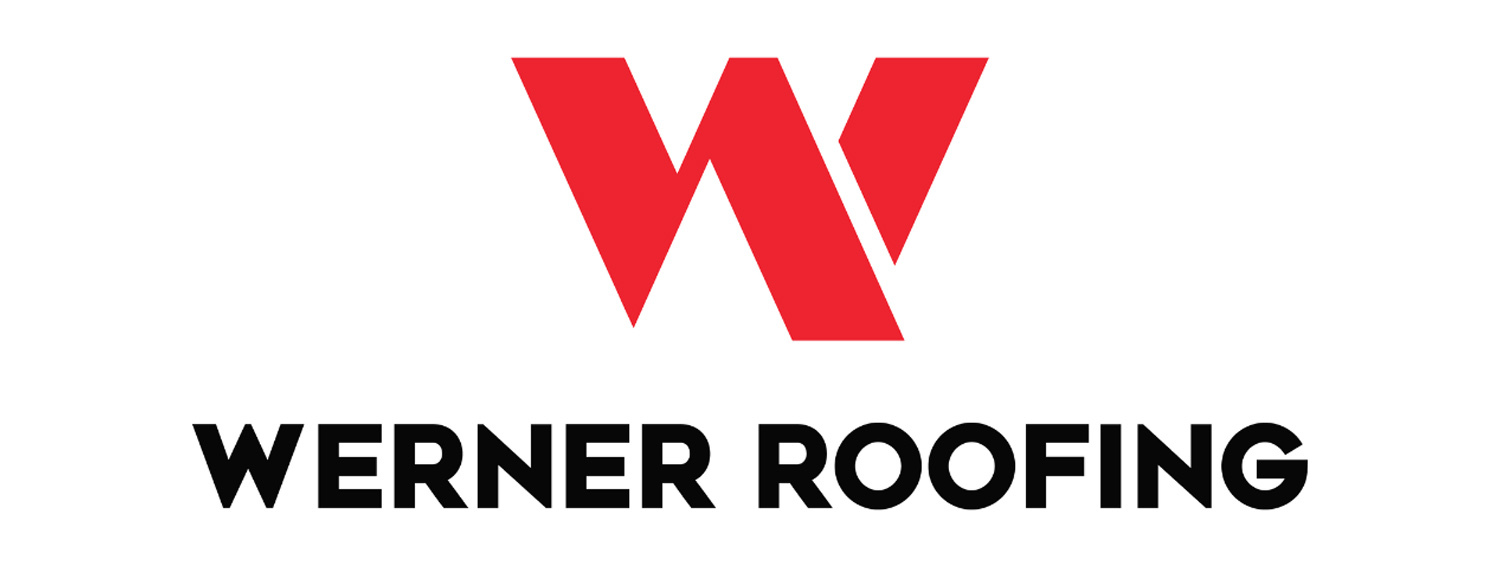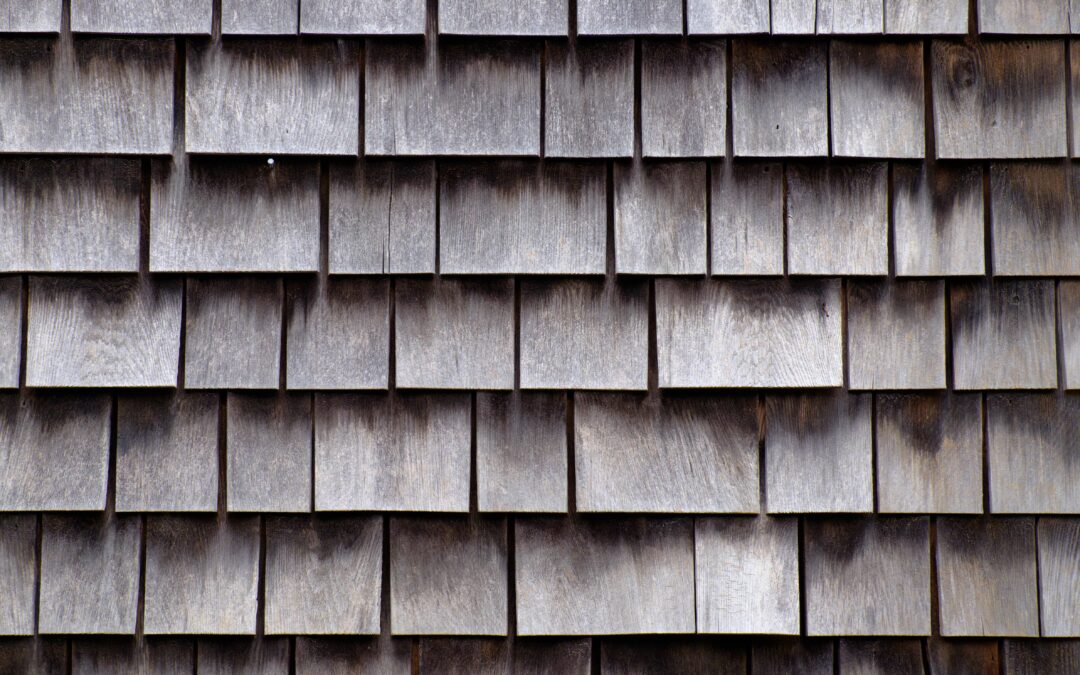What is an Overlay Roof?
An overlay roof, or the act of overlaying a roof, is when your roofer puts a second set of shingles directly on top of your existing roof. While this isn’t the most common method of roofing, it does happen, especially when homeowners are hoping to save a bit of money on their overall roofing costs.
It’s good to know that if you are considering an overlay roof, this has to be the first time that’s been done on your home. A roof’s structure can only support two layers of shingles. If your home’s roof has already been overlayed, this won’t be an option for you.
How Long Will an Overlay Roof Last?
A traditional asphalt roof has a lifespan of anywhere from 12-20 years. While there are more high-end products that can last longer, this is the average.
An overlay roof will have a shorter lifespan than the average asphalt roof.
Since an overlay roof is made up of two layers of shingles, it traps much more heat and is prone to issues that can occur between the two layers. For example, if your home frequently builds up ice dams in the winter, it’s possible that those ice dams could form between the two layers of the roof, causing serious leaks and water damage over time. With the potential for these issues, an overlay roof tends to have a shorter lifespan than the first layer roof.
Is it Cheaper to Overlay a Roof?
Yes. And in fact, that’s the primary reason a homeowner opts for an overlay roof. Since an overlay roof is just put on top of the existing roof, your roofer’s crew doesn’t have to tear off your existing shingles, redeck the roof, or do as much cleanup. This shortens the time it takes to install the roof and saves you a bit of money on labor.
Is An Overlay Roof a Bad Idea?
An overlay roof isn’t the best choice, and it’s certainly not the right option for everyone, but there are some situations where it might make sense. For example, if your existing roof is in great condition, there’s no structural damage, and you don’t have any leaks, you might be a candidate for an overlay roof.
That said, an overlay roof tends to cost about the same amount in the long run, as a tear-off roofing job. This is because the tear-off roof won’t require as much maintenance, and will last longer.
Can You Overlay a Metal Roof?
Yes. In fact, if you’re serious about overlaying your asphalt roof, rather than tearing off your existing roof before replacing it, a metal roof is often a better choice. Since metal is so lightweight, you don’t run as much risk putting too great of a load on your roof system. If your state’s building code allows for roof overlays, your roofer can install a metal roof on top of your existing asphalt roof.
Is There Anything Else I Should Know About Overlaying a Roof?
While it is possible to overlay a roof, it’s good to understand all of the risks that go along with this process. The safest, most durable way to install an asphalt roof is to tear off the old shingles and then put new ones on. It’s important to know that your overlay roof:
- May Present Long-Term Problems – Since you’re not tearing off the old roof, your roofer can’t check for any issues happening under it. Putting another roof on top of the old one makes it harder to detect and fix any problems in the future.
- Could Affect Your Reale Value – Homebuyers don’t want to see an overlay roof, because most of the time that means they’ll have to replace it.
- Is More Difficult to Replace – Once you’ve got two sets of shingles on your roof, your replacement cost seriously increases. The next time your roof needs to be replaced, your roofer will have to tear off both sets of shingles, which will cost extra in labor.
- Could Negatively Impact Curb Appeal – You’re putting a new roof on top of an old roof, but that doesn’t mean you’re fixing any problems. If your existing roof had settled and sags in some areas, those are likely to show through in the new roof, too.
In the long run, an overlay roof is likely to cost more than a complete tear-off and re-roof installation project. That said, an overlay roof will save you money upfront, and can be done more quickly if you’re on a time crunch. For more information on the pros and cons of an overlay roof, be sure to check out our post on Tear Off vs. Overlay Roofing.
Still not sure if an overlay roof is the right choice for your home? That’s okay! Werner Roofing is here to help. We’d be happy to come out and inspect your existing roof to see if you might qualify for an overlay roof. Contact us at 616-844-5382 or request a free, no-obligation quote online today!


